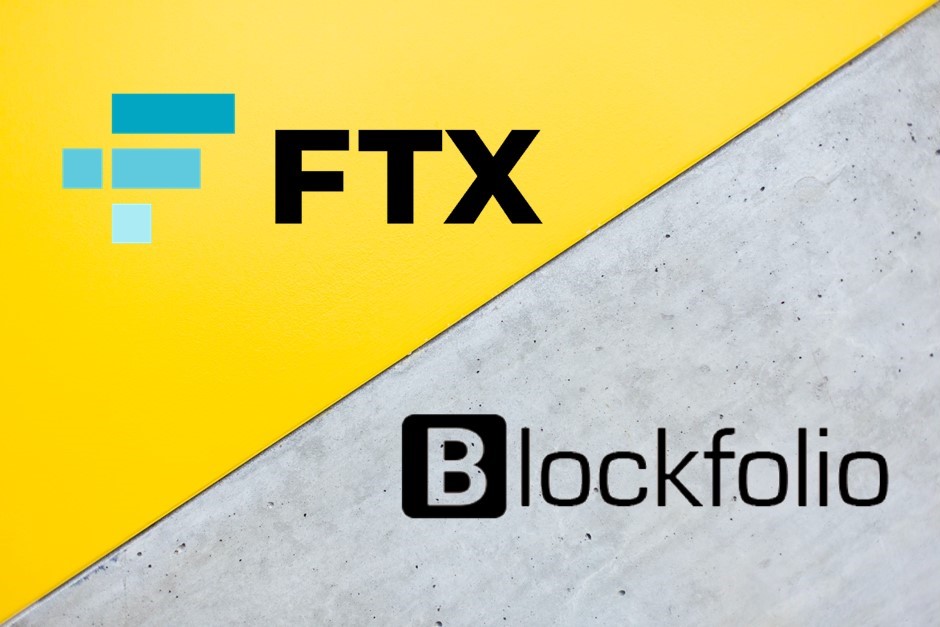Bernstein’s latest report revealed that the failure of FTX, a well-known cryptocurrency exchange, acted as a catalyst for a new bullish cycle in the cryptocurrency market. The report suggested that the exchange’s collapse removed the last remnants of “toxic crypto leverage” and educated investors on the importance of decentralized and self-custody wallets.
Moreover, the report noted that macro catalysts are coming together in favor of Bitcoin, the largest cryptocurrency by market cap. The ongoing weakness of regional banks in the US and deposit outflows towards money market funds and the top four US banks demonstrate concerns about the “centralization of money.” The report further claimed that this puts Bitcoin on par with gold as a safe haven asset in the event of potential dislocations.
CoinDesk data showed that Bitcoin surged 80% this year, with a 23% increase in March due to multiple bank failures in the US. Ether, Ethereum’s native token, increased 76% year-to-date. Last week, Ethereum carried out the highly-anticipated Shapella hard fork, which opened the doors for users to stake and unstake Ether at their will, resulting in a 13% rally post the upgrade, elevating the broader market higher.
Bernstein’s report also highlighted that the fees on the Ethereum blockchain have tripled, indicating the growing user intensity and token prices post-FTX. The report emphasized that the new crypto cycle is still not fully appreciated, with several favorable factors, including macro catalysts, a new Bitcoin mining cycle, the ongoing successful upgrades of the Ethereum blockchain, and the triumph of Ethereum scaling ecosystems such as Arbitrum, lining up.
The report added that “the opportunity to build a new institutional financial stack on the blockchain remains a worthy goal, and serious participants remain focused on the long term,” stating that this will be the “first crypto cycle which will see participation from leading institutional investors.”
The report provides an optimistic outlook for the cryptocurrency market, signaling the potential for continued growth and development. As more institutional investors enter the market, it’s likely that we’ll witness increased adoption and stability in the space, as said by reports.



